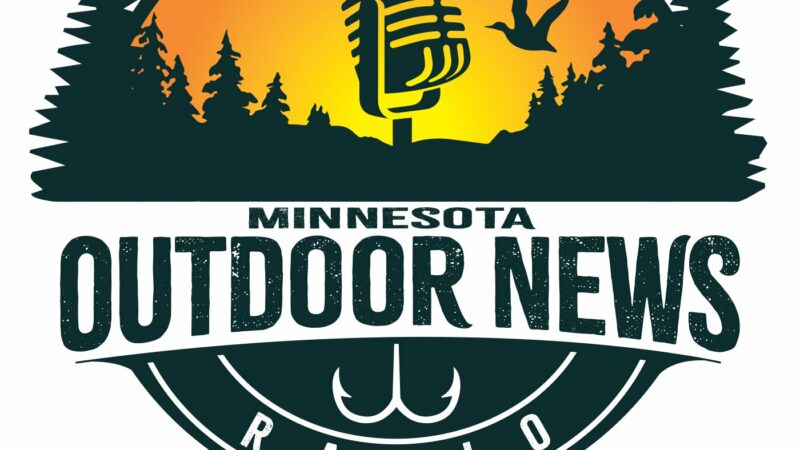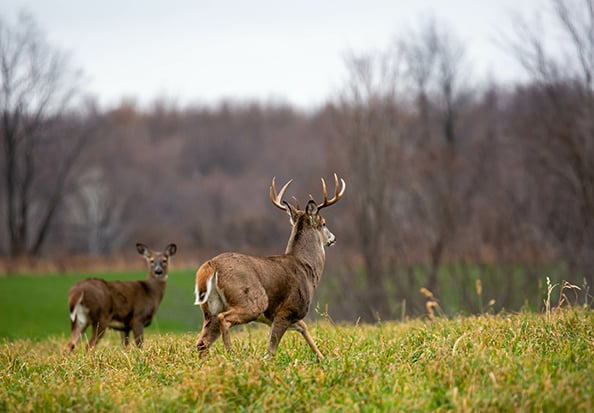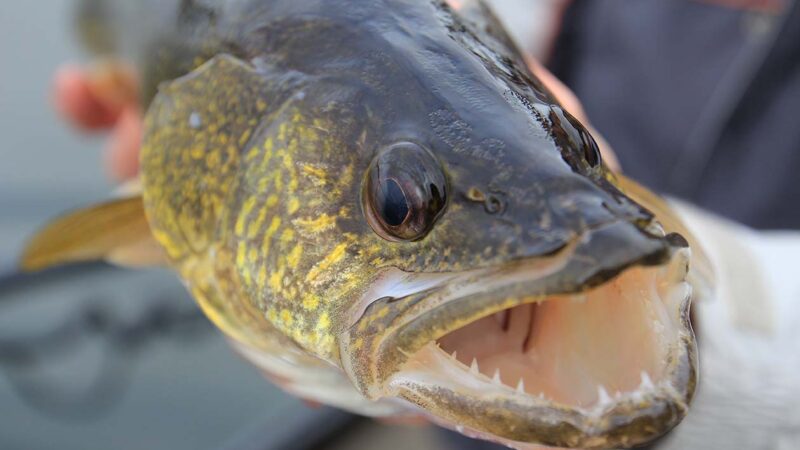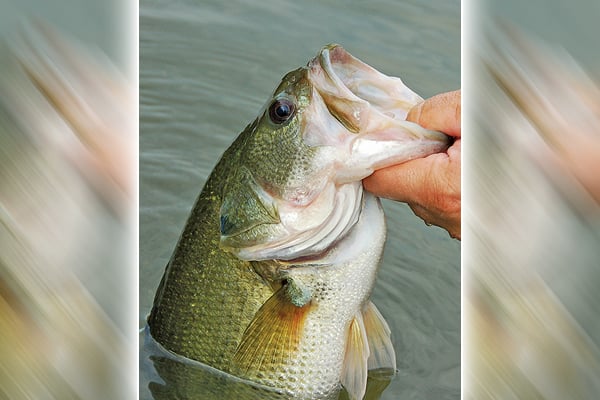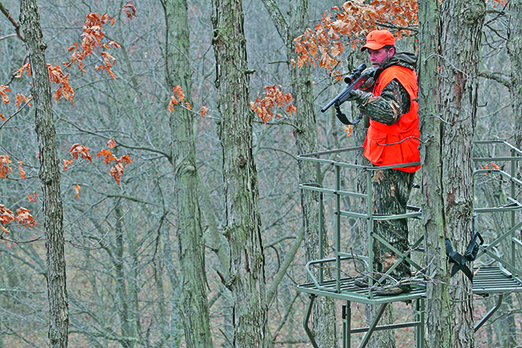Lynx draft recovery plan for the lower 48 is now available for public comment – Outdoor News

Denver — The U.S. Fish and Wildlife Service is seeking public input on a draft recovery plan for the lower 48 distinct population segment of Canada lynx, informed by an updated species status assessment.
The Canada lynx lower 48 DPS includes populations in northern Maine and northeastern New Hampshire, northeastern Minnesota, northwestern Montana and north Idaho, north-central Washington, and southwestern Colorado. Researchers have also documented Canada lynx in the Greater Yellowstone Area of northwestern Wyoming and southwestern Montana. Federal agencies manage a significant portion of these lands.
Canada lynx are native to North American boreal forests and depend heavily on snowshoe hare populations, their main prey. Lynx have unique adaptations for moving through deep snow, such as their snowshoe-like paws and long legs.
RELATED CONTENT:
Minnesota DNR finalizes trapping rule changes to minimize accidental take of lynx
Judge’s order will affect trapping rules in Minnesota’s Canada lynx zone
Under the Endangered Species Act, a DPS is a portion of a species or subspecies’ population or range and is described geographically instead of biologically.
In 2000, the Canada lynx DPS was designated as threatened under the ESA due mainly to insufficient regulations and protections. The USFWS and conservation partners at state and federal agencies have made progress in creating science-based conservation measures to address these issues.
Recovery plans are non-regulatory documents required by the ESA that serve as a road map toward ensuring a species’ long-term survival in the wild. Recovery plans outline site-specific management actions that contribute to species recovery, describe the time and cost estimates for implementing those actions, and outline measurable criteria for delisting.
This announcement marks the beginning of a 60-day public comment period for the public to submit comments through Jan. 30, 2024, at [email protected].
The USFWS welcomes input from the public, federal, tribal, state, and local governments, as well as other stakeholders. The USFWS is particularly interested in information about existing threats, ongoing management initiatives, and other factors related to implementing the proposed recovery actions outlined in the plan.
The draft recovery plan and its associated documents, including the notice of availability, species status assessment report, and recovery implementation strategy, can be found here.
Visit here for more information about recovery plans.
The USFWS anticipates publishing a final recovery plan within one year.


